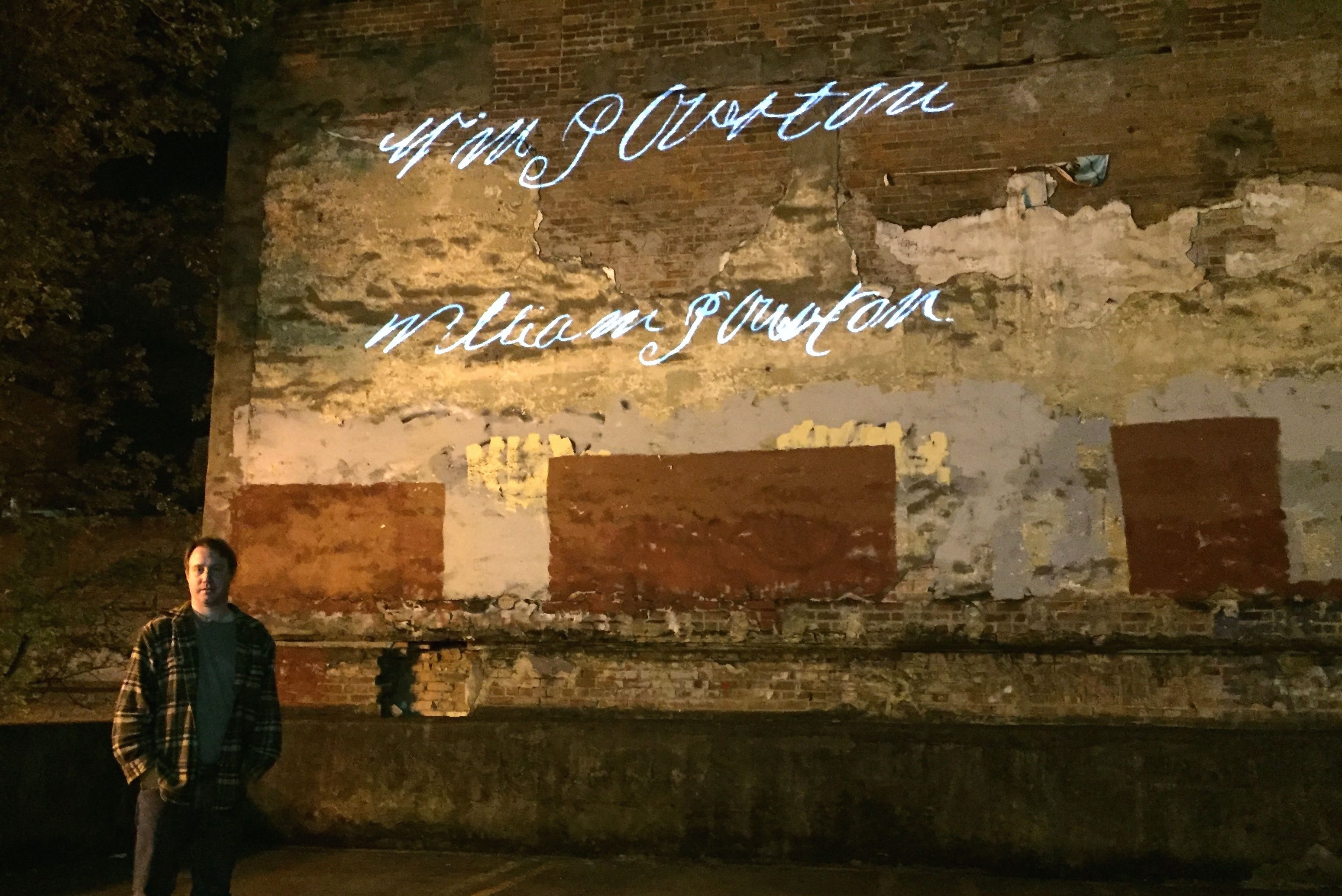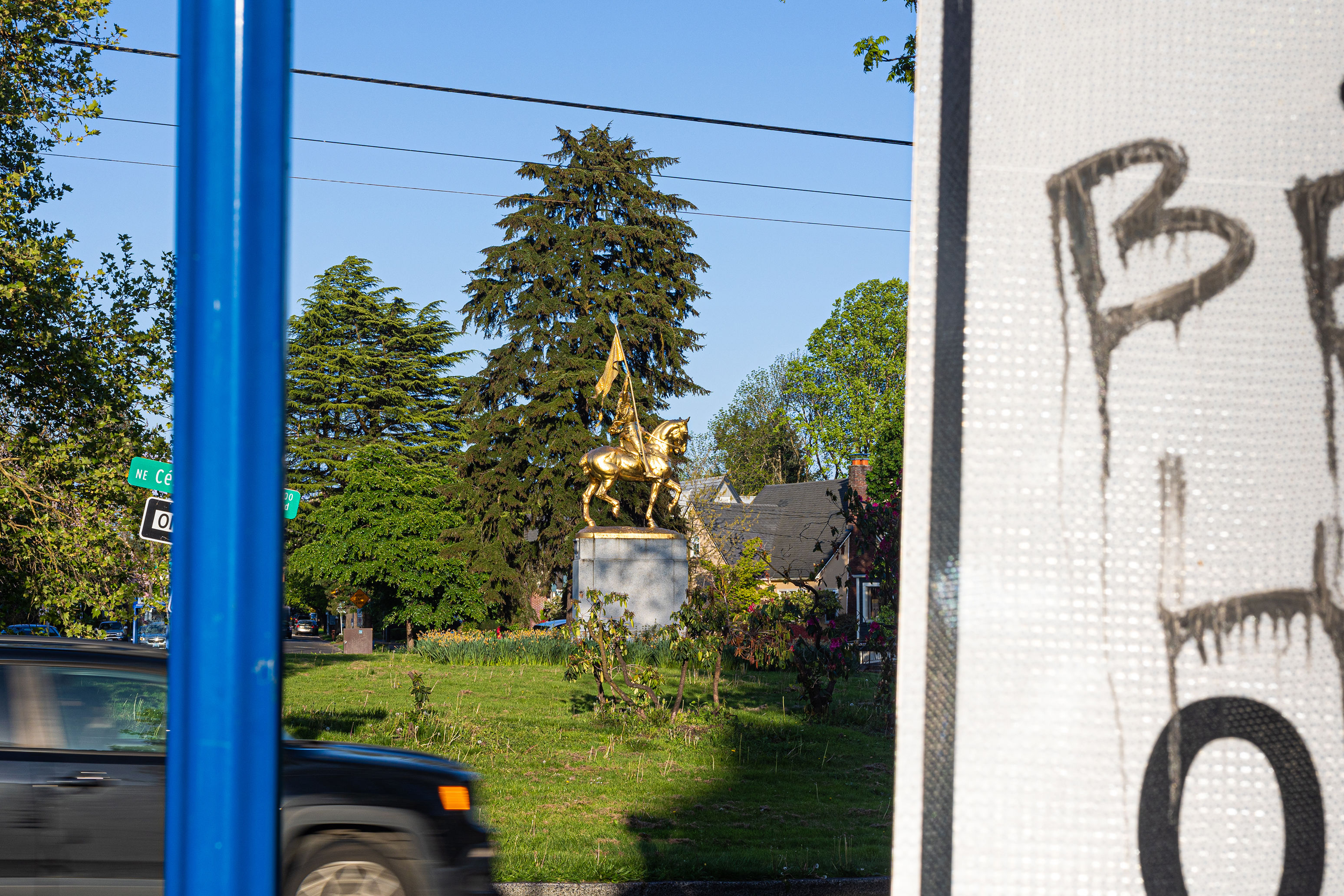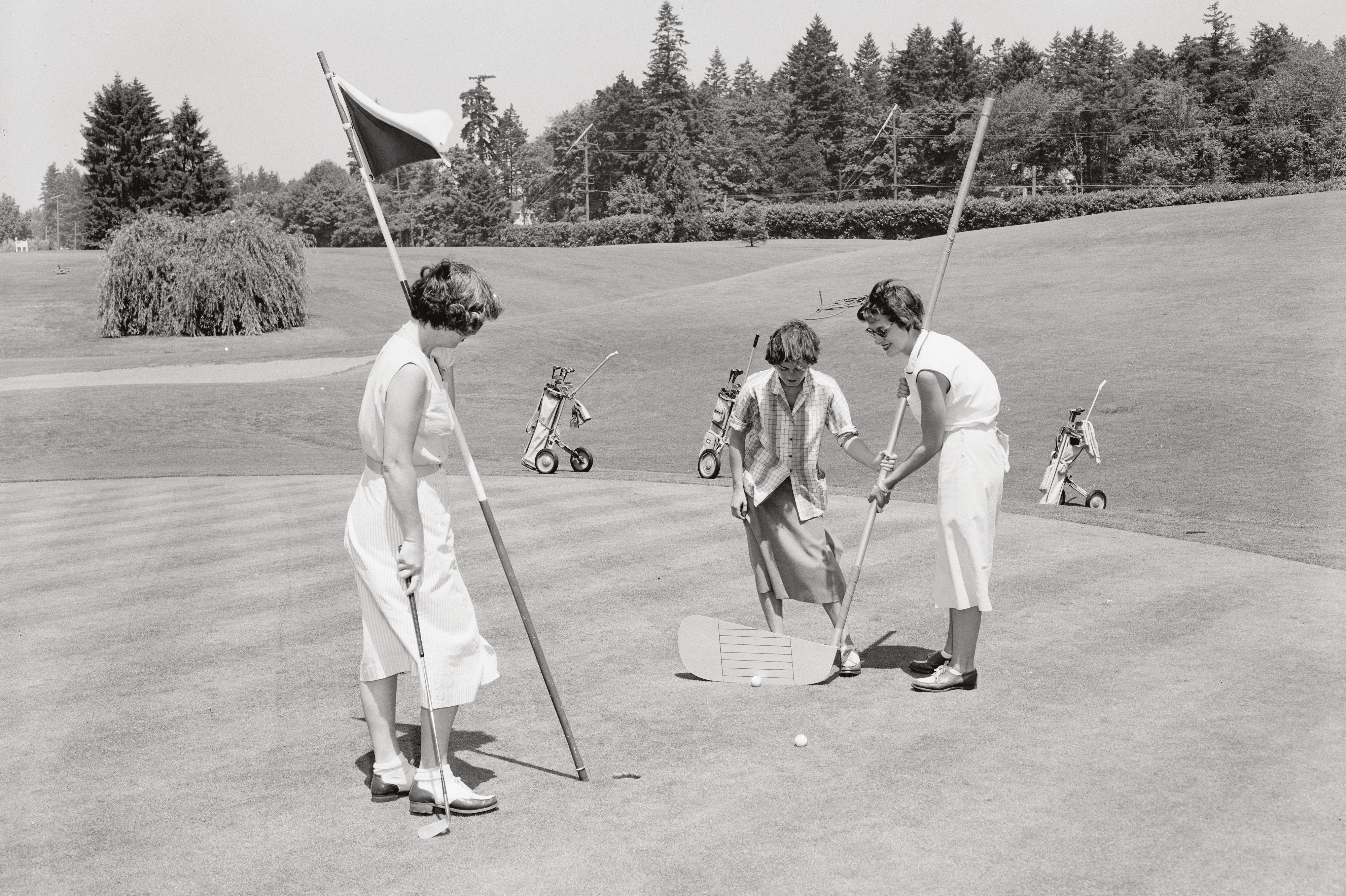
Arlington, MAC, University.... What’s the Deal with Portland’s Old Private Clubs?
M
uch of Portland as we know it took shape in the late 1800s, a time when industrialization and labor reforms left some people with a novel thing called leisure time. And just as the city took its name from one on the East Coast, people with the time and money to organize their fun looked in that direction for inspiration, too.
“The white business and civic leadership wanted places to get together outside their homes or hotel dining rooms, hence clubs like the Arlington Club that were similar to clubs that formed in eastern cities after the Civil War,” says Carl Abbott, an urban historian and Portland State University professor emeritus. Abbott says the Portland versions weren’t exactly like their East Coast counterparts: for one, they tended to be “not as snobby and political.”
Many did discriminate by gender, race, and religion, though, until political pressure built up to change such policies, official or unwritten. Today, enduring clubs offer members social and recreational opportunities and—since most still have membership caps, invite-only rules, and initiation fees that can run thousands of dollars—a certain aura of exclusivity.
Arlington club
Downtown, founded 1867
Starting as a social club with 35 members, the Arlington Club officially incorporated and started renting a clubhouse at Third and Pine in 1881. Its early officers were men whose names now show up on streets and parks around Portland: Failing, Schuyler, Macleay, Williams, Prescott. Members celebrated Queen Victoria’s jubilee with a feast of turkey, truffles, lamb in mint sauce, and blancmange, and once hosted Mark Twain. Early obsessions included the “somewhat novel” (as the Oregonian noted in 1887) activity of bowling.

The Arlington Club’s home from 1892 to 1910, on SW Alder Street
By 1910 it had about 400 members, among them the well-known architects Ion Lewis and William Whidden, who designed a new clubhouse on Salmon at the foot of the South Park Blocks, which stands today. (The firm Whidden & Lewis was also responsible for Portland City Hall and the Isam White House.)
Packed with local captains of industry, the club could grease wheels and swing elections, its role as a setting for major events perhaps never so evident as when a sitting governor who was running for US Senate died during a meeting there in 1956. (Perhaps some members were hoping for a figurative death more recently when they invited District Attorney Mike Schmidt to be lectured over lunch about their disappointment with his failure to file charges in many arrests in the 2020 protests.)
In 1987, a former club president was nominated to head up the state’s Economic Development Department, and found himself on the defensive when the state Senate confirmation committee asked about the men-only club, which at the time had no Black members, either. Under pressure from the city council, the Arlington finally voted to admit women, starting in 1991.
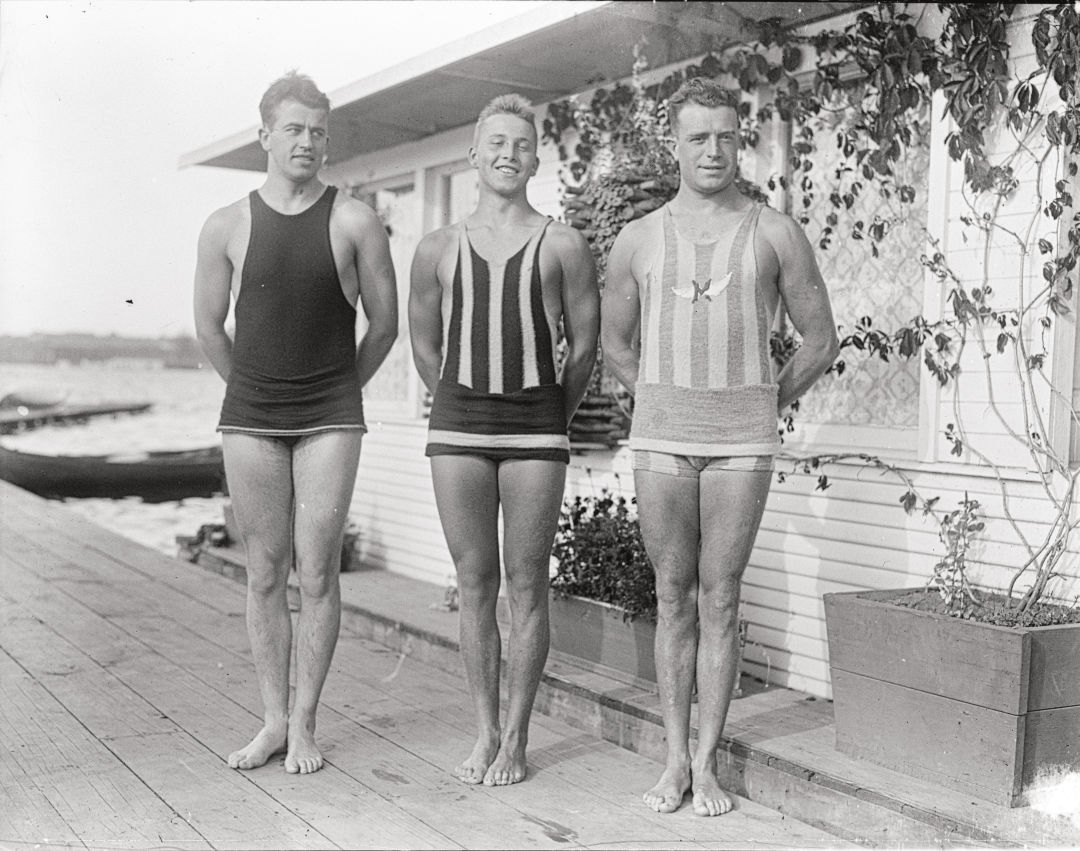
MAAC swimmers in 1916
Multnomah (Amateur) Athletic Club
Goose Hollow, founded 1891
Sportier and more outdoorsy than the Arlington (it has produced Olympians in swimming, pole vault, and more), the Multnomah Amateur Athletic Club grew out of a football and cricket club, which had college men teaching others the gridiron game they had learned at Amherst or Yale. In 1893 the group moved into its own clubhouse at what’s now the site of downtown’s Central Library. Ladies were admitted on certain days, and its in-house history book claims it entered the 20th century as “the largest, most active and most ethnically diverse club of any in Portland.” In 1900 it moved to a clubhouse on the edge of Multnomah Field (where Providence Park is today) with bowling lanes, an indoor track, a swimming pool, and a Turkish bath. After a fire in 1910, planning began for a grand new clubhouse. Its cornerstone was laid by visiting ex-President Theodore Roosevelt, who praised the MAAC’s commitment to co-ed programs. The club didn’t allow women to be full voting members, though, until 1977. The MAC (it dropped “Amateur” from its name in 1936) still boasts the best view in town of Providence Park. Want to see for yourself? Spots on the wait list to become one of the 22,000 members are usually distributed in a lottery. Applicants who don’t already know a member may have to provide reference letters.
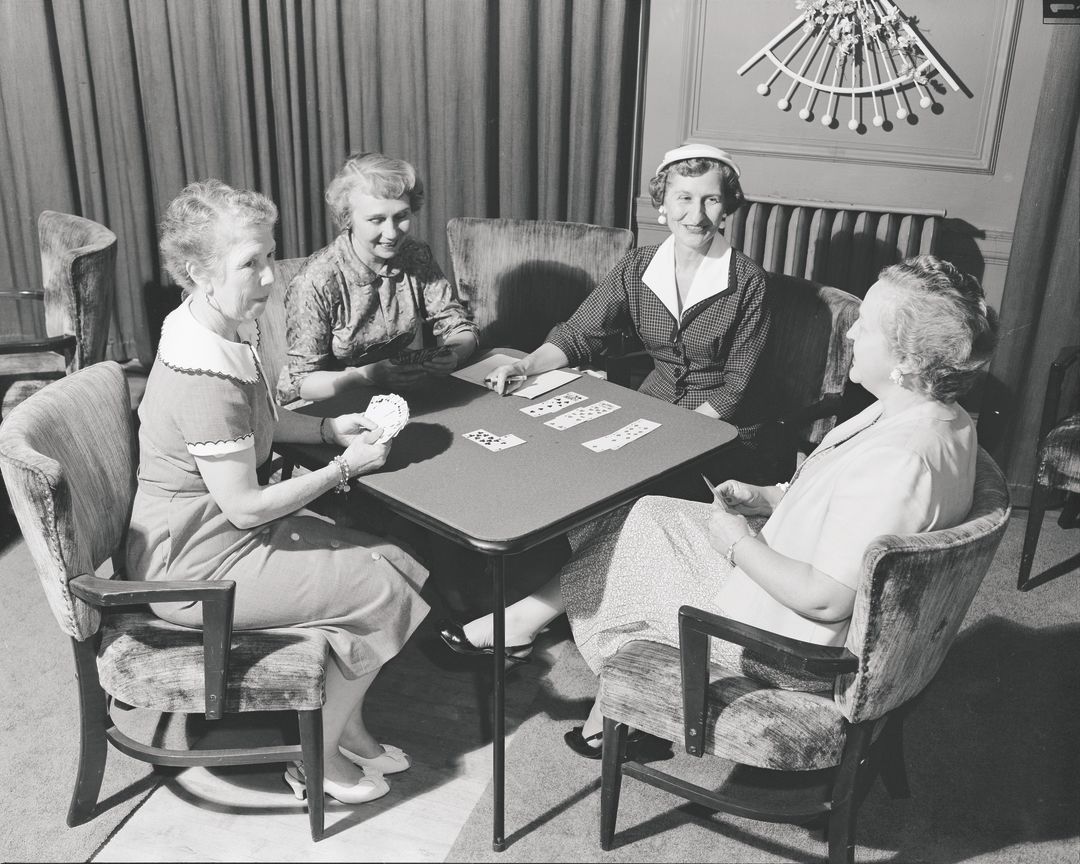
A game of cards at Waverley Country Club
Waverley Country Club
Milwaukie, founded 1896
Portland’s most storied golf club sits on riverfront land that was cleared for an orchard around 1850 by a man who later tried to start a sex cult on a Honduran island, and where an orchard foreman named Ah Bing helped develop the cherry cultivar now named for him. Its founders included bridge and railroad builders and several prominent Portland men of Scottish descent. Golf was soon joined by rowing, tennis, polo, and swimming, and once the clubhouse was complete it became the place to hold a luncheon, engagement party, or dinner-dance. President Taft played the course in 1909, shortly before the famed Olmsted Brothers landscape design firm was hired to rethink the property.
The dress code loosened in the 1970s to allow women to wear pants on the golf course. Tiger Woods, then a 17-year-old rising star, won his third junior amateur tournament in a row here in 1993; a local columnist noted the club had no Black members at the time, though that has changed. Membership is by invitation only.
University Club
Downtown, founded 1898
Started by a group of graduates of mostly New England colleges, the University Club held smokers (or men-only parties), sang old college songs, played billiards, and discussed “business of special importance,” according to its historical meeting announcements. The group built its own clubhouse in 1913 at SW Sixth and Jefferson: a four-story building with a billiard room, a squash court, cardrooms, and a bar. A separate entrance led to the “ladies’ quarters,” where male members were allowed to bring their families to dine. It just beat the Arlington Club in its vote to allow women as members in 1990, and elected its first female president in 2016. Today, women make up about 40 percent of the roughly 1,000 members. While some clubs discourage work on site, the University Club offers coworking space as a membership perk.
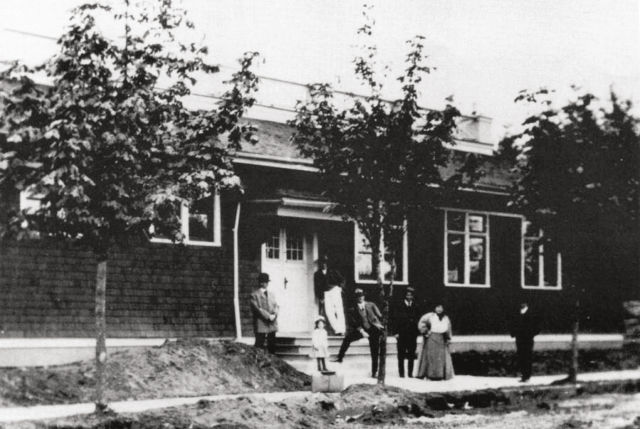
Early days at the Irvington Club
Image: courtesy irvington club
Irvington Club
Irvington, founded 1898
Started with 25 members interested in tennis and playgrounds, the Irvington Club was soon hosting dances (including some on the concrete tennis court), children’s recitals, and more, with the stated aim “to cultivate neighborliness, good citizenship, morality and athletics” at its NE 21st and Thompson courts and clubhouse. Its lot once extended the full block to Brazee, but the northern part was sold off to keep the rest afloat in the Depression. Today, its 120 swim memberships are coveted each summer in the family-friendly neighborhood, as are the 320 full tennis club memberships. But just because you’ve finally come off the wait list doesn’t mean you don’t have to stay on your toes: “improper etiquette” or “improper tennis attire” can result in a $6 fine, as can failure to cancel a court reservation.
Town Club
Goose Hollow, founded 1928
About 60 years after the founding of the all-men Arlington Club, nine women, many with husbands in the Arlington, founded a social and civic group of their own. The club’s first president donated land just up the hill from the MAAC, and the group commissioned a grand brick Mediterranean Revival–style building as the clubhouse—but with a request that the design not adversely affect neighbors’ views. Today, members come for lunch, attend architecture lectures with visiting speakers, join book clubs, bring their guests to Easter parties, and more. Policies for its roughly 450 members and their guests aim to keep things elegant: no denim, no photography without special permission, and certainly no use of cell phones in the common areas.
Top image: A novelty game of golf at Waverley, photograph courtesy Hugh Ackroyd/Historicphotoarchive.com

